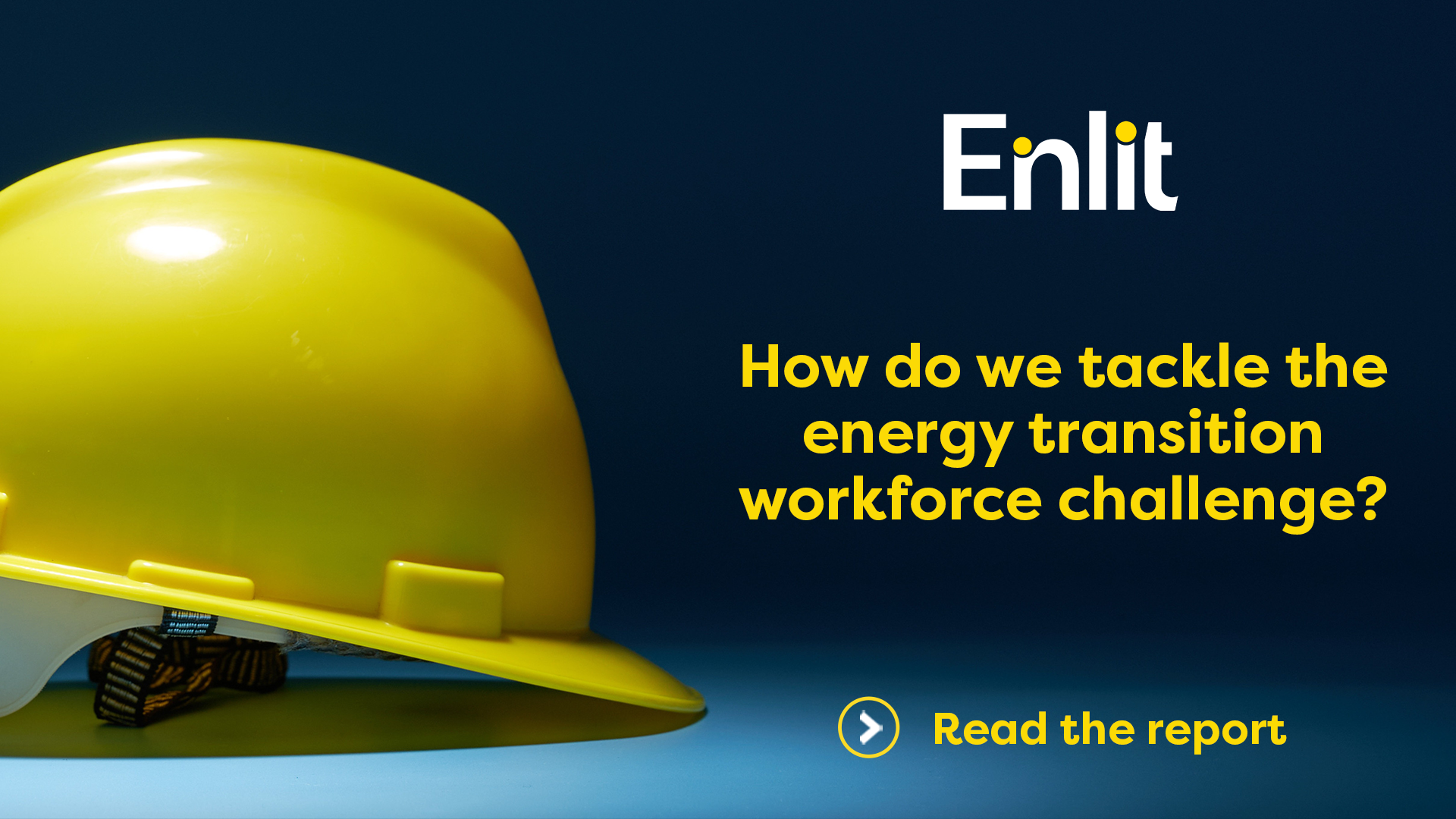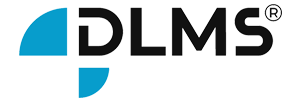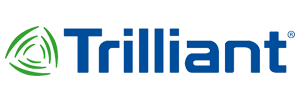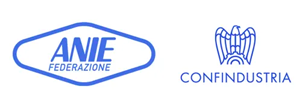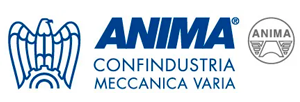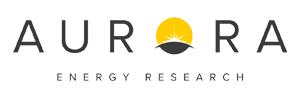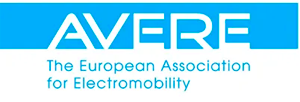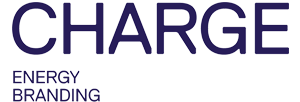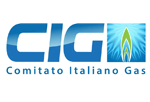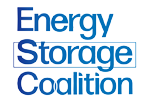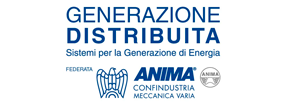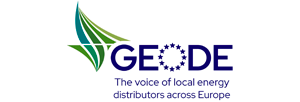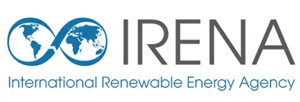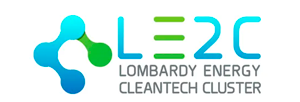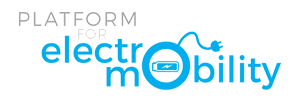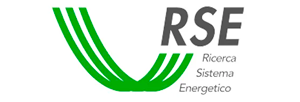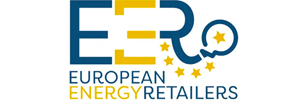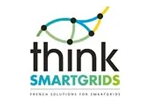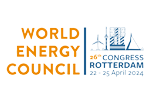YOUR ROADMAP TO THE FUTURE OF ENERGY
At Enlit, our audience gets all the information they need - and, we hope, all the inspiration! With a great lineup of captivating keynotes and thought-provoking panel discussions, the Enlit Europe Programme is set to inspire everyone to take real action in their energy transition journey.
Attendees will hear from expert speakers delivering top-class presentations in Bilbao, during the Summit, Hub Sessions, EU Projects, and Future Energy Leaders programmes.
Our programme is curated and created with our Impact Circle.
Hub Sessions
The Hub Sessions are the place where our attendees see the energy transition in action: they can step into a world of energy possibilities waiting to be explored, discovering the latest trends and technologies - from energy producers and grids to consumers and AI, and everything in between.
2025 Hub Sessions will cover these topics:
Decarbonisation & Generation Innovation
Digitalisation & AI
Energy Democracy & Grid Transformation
Flexibility, Mobility & Energy Storage
Sneak peek into the topics we will explore in Bilbao:
-
GRID TRANSFORMATION: Innovations in Distribution and Transmission Grids (Electricity) | Innovations in the Gas Grid | Flexibility Services | Asset Lifecycle (CAPEX, OPEX, TOTEX) | Building Climate Resiliency | Grid Planning Optimisation | Examples of Reducing Carbon Footprint of Equipment | Creating Supply Chain Resiliency | Existing Grid Modernisation | Grid Reinforcement
-
GENERATION INNOVATION: Turbomachinery Technology | Dispatchable Generation | Small modular reactors (SMRs) | Renewable Generation | Hydropower | Operational Excellence | Engine Technology | RDF & Waste Heat | Fuel Switching | Fuel Flexibility | Retrofitting & Re-purposing Assets
-
DIGITALISATION & AI: Smart Metering | IT/OT | Smart Water Networks | Digital Technology | Distribution Automation | Green Data Centres | AI in Practice | Gen AI | AI in other industries | Cybersecurity | AI in the workforce | AI for Predictive Maintenance | Predictive AI | AI & Asset Management | AI & Energy Systems | AI-enabled Consumer Behaviour Predictions
-
DECARBONISATION: Hard-to-Abate Industry Case Studies | Industrial Competitiveness | Large Energy User Strategies | Renewable Gases | Heating & Cooling | Hydrogen | Carbon Capture | Regional Approaches | Financing
-
ENERGY DEMOCRACY: Energy Community Case Studies | Successful Energy Sharing Models (e.g. ownership, rules, etc.) | Technologies Enabling Energy Democracy | Secure Date Management for Energy Communities | Project Financing
-
ENERGY STORAGE & DEMAND-SIDE FLEXIBILITY (DSF): Demand-Side Flexibility (DSF) Case Studies and Business Models | Procurement of Flexibility Services | Consumer Engagement | Flexibility for Grid Optimisation | Energy Storage Markets | Battery Energy Storage Systems (BESS) | Long Duration Energy Storage (LDES) | Safety Issues and Technology | Solar & Storage
-
MOBILITY: Decarbonisation of Transport | The Role of Biofuels | V2X | EVs and Grid Congestion | Battery Challenges | Use cases for Heavy Duty Vehicles (HDV) | Charging Infrastructure and Bidirectional Charging | Skill Gaps in the Mobility Sector
Is the energy industry ready for the future?
Europe’s energy transition is at risk - without the right skills and enough talent, progress will stall and our ambitious net-zero goals could slip out of reach.
Enlit Europe's latest industry report, "Making it work: Tackling the energy transition workforce challenge", highlights diverse workforce challenges and solutions to ensure energy transition progress and Europe’s competitiveness.
Become Enlit


)
)
)
)
)
